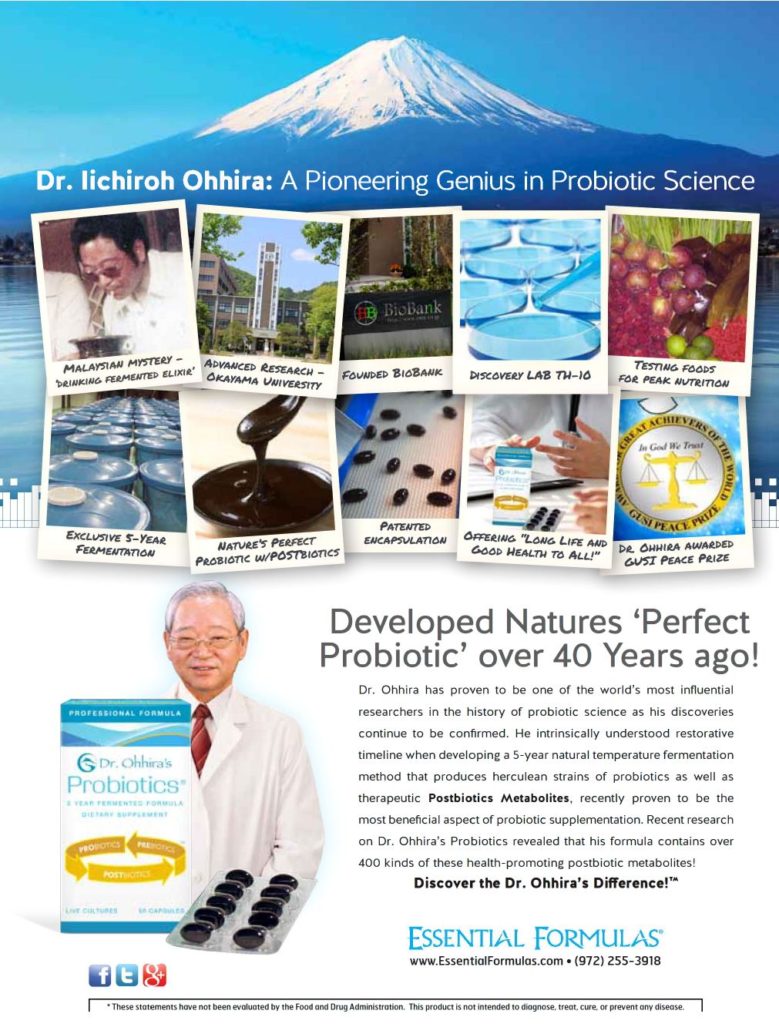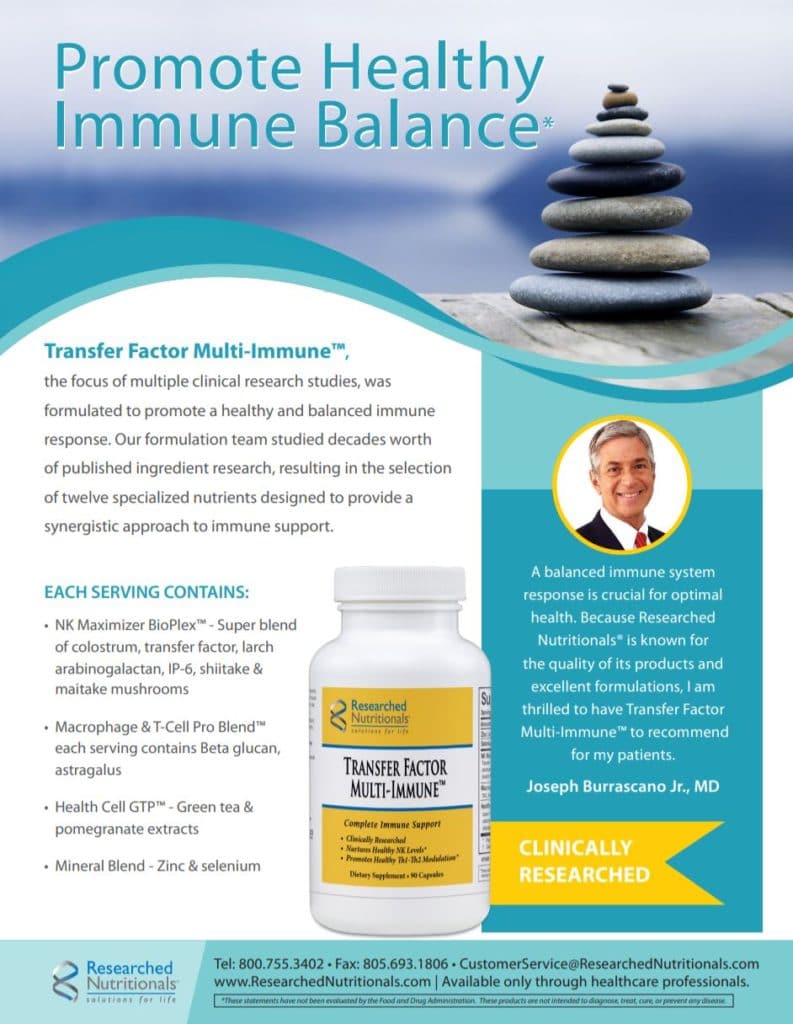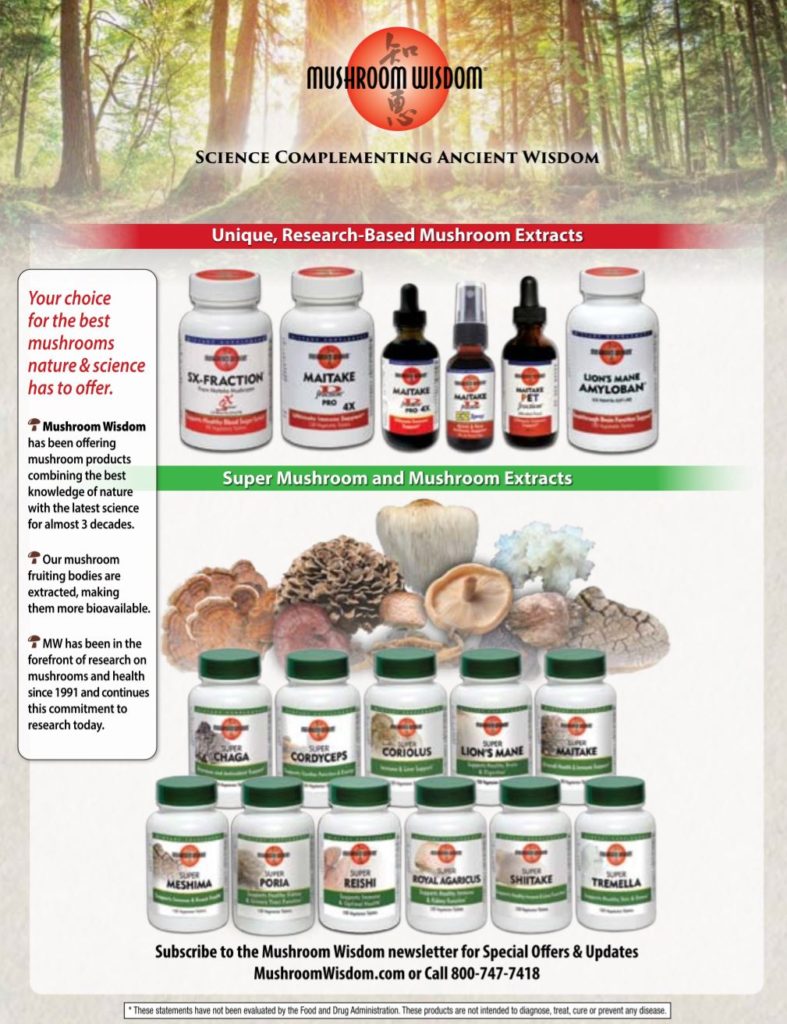…article continues…
Case
A 42-year-old female presented in 2019 with fatigue, muscle pain, and a sense of being inflamed for nine months. She was told by another doctor that she had fibromyalgia but not offered any treatment other than rest and magnesium. She had Graves’ disease years ago, and the thyroid gland was ablated; she has been on thyroid medication ever since. She had complete hysterectomy (at age 39) for abnormal uterine bleeding and has been on hormone replacement therapy since the hysterectomy. Her medication list included Biest cream 2.5 mg, testosterone cream 0.75 mg, and levothyroxine 75 mg. Her supplements list included lavender oil, magnesium, methyl B12, vitamin-D3, iron, nattokinase, stress formula and thyroid support formula from the store.
She has lots of allergies and many of them she has had for years and some newer. Her allergies include sulfa drugs, cipro, penicillin, morphine, grasses, trees, flowers, and lots of foods like dairy, eggs, peanuts, and gluten. Sometimes the inhalant allergies induced wheezing, but her pulmonary function tests in the past were normal and she was not diagnosed with asthma. She managed these symptoms with OTC antihistamines as needed and avoidance.

The patient’s vitals and physical exam were within normal limits. Initial labs were done by another doctor two weeks prior to the appointment and included CBC, CMP, TSH, HgA1C, lipids, iron, ferritin, testosterone, estradiol, progesterone, GGT, CK, DHEA, cortisol, TPO Ab, thyroglobulin Ab, ANA, CMV, and EBV; all were normal and appropriate for medication dosages.
Her intake revealed that her mother had Lyme disease and active EBV in the past and positive for MTHFR mutation. Her sister has Hashimoto’s disease and takes medication. In-utero and childhood exposures were minimal based on in-depth environmental exposure intake and scorecard.org data. No significant exposures from living environment over the years, occupation, or hobbies. Two years ago, she got breast implants and thinks her symptoms really started around that time but seem worse and more significant the past nine months.
A diet intake revealed she eats lots of fish, tuna in particular. Since she had already had a thorough lab work-up, the only additional testing done at the first visit was blood mercury and a sedimentation rate. The results were blood mercury 16 and ESR 22. Both of these levels are elevated. The patient didn’t want to do metal chelation because she decided to get implants removed right away and didn’t want to add a chelator that might affect if she could do surgery or not. So, she started avoidance of all fish and detoxification supplements with sauna therapy.
Specifically, she commenced the following:
- Supplement to provide vitamin and mineral co-factors for liver phase one and two metabolism, four a day. The product contained vitamins A, D3, K1, B-1, B-2, B-3, B-5, B-6, B-12 (as methylcobalamin), C, and E; biotin; folate (5-methyl-tetrahydrofolate); calcium; chromium; copper; iodine; magnesium; manganese; molybdenum; potassium; selenium; zinc; choline; inositol; boron; vanadium; green tea extract; and turmeric.
- Liver herb product, two a day (milk thistle, beet root, dandelion, burdock and artichoke)
- NAC 600 mg a day
- Sauna therapy one or two times a week for eight weeks. This was done as 7-10 minutes in the heat, then 30 second cold shower, repeat five-to-six times and end on cold.
She had implants removed and started a turmeric supplement on her own after the surgery. She then did repeat labs Dec 2019. The mercury lowered to 6 and ESR to 13. Then a repeat mercury in 2020 showed mercury lowered to 3. The mercury lowered without chelation. She continued to avoid eating fish, did sauna therapy, and the three supplements. More importantly, her symptoms of fatigue, muscle pain, and sense of being inflamed were 90% better. She also felt her inhalant allergy symptoms were reduced and had not had any wheezing.
Summary
The environmental contribution to autoimmune disease and alterations to the immune system is a wide-ranging concept. This includes an understanding that exposure to environmental chemicals can affect the immune system. Toxicants play a role in immune-mediated diseases such as asthma, allergies, type 1 diabetes, chronic illness, fibromyalgia, and rheumatoid arthritis. It is important that physicians and other health care providers consider an environmental approach with autoimmune conditions, chronic illness, and disease.
Dr. Marianne Marchese is the author of the bestselling book 8 Weeks to Women’s Wellness about the environmental links to women’s health and how to detoxify from toxicants. She maintains private practice in Phoenix, Arizona, and is adjunct faculty at SCNM, teaching both environmental medicine and gynecology. She served on the State of Arizona Naturopathic Physicians Medical Board, National Association of Environmental Medicine, Arizona Naturopathic Medical Association, and Council on Naturopathic Medical Education. She lectures throughout the US and Canada on women’s health, environmental, and integrative medicine topics.
www.drmarchese.com
References
- 1.Duramad P, Holland NT. Biomarkers of Immunotoxicity for Environmental and Public Health Research. Int. J. Environ. Res. Public Health 2011; 8:1388-1401
- 2. Aroonvilairat S, et al. Effect of Pesticide Exposure on Immunological, Hematological, and Biochemical Parameters in Thai Orchid Farmers – A Cross-Sectional Study. Int. J. Environ. Res. Public Health 2015:12:5846-5861.
- 3. Corsini E, et al. Pesticide induced immunotoxicity in humans: A comprehensive review of the existing evidence. Toxicology. 2013;10(307):123-35.
- 4. Alif SM, et al. Occupational exposure to pesticides are associated with fixed airflow obstruction in middle-age. Thorax. 2017;72(11):990-997.
- 5. Blossom SJ, Gilbert KM. Epigenetic underpinnings of developmental immunotoxicity and autoimmune disease. Curr Opin Toxicol. 2018 Aug; 10: 23–30
- 6. WHO Library Cataloguing-in-Publication Data. Guidance for immunotoxicity risk assessment for chemicals. 2012. Accessed online http://www.inchem.org/documents/harmproj/harmproj/harmproj10.pdf








